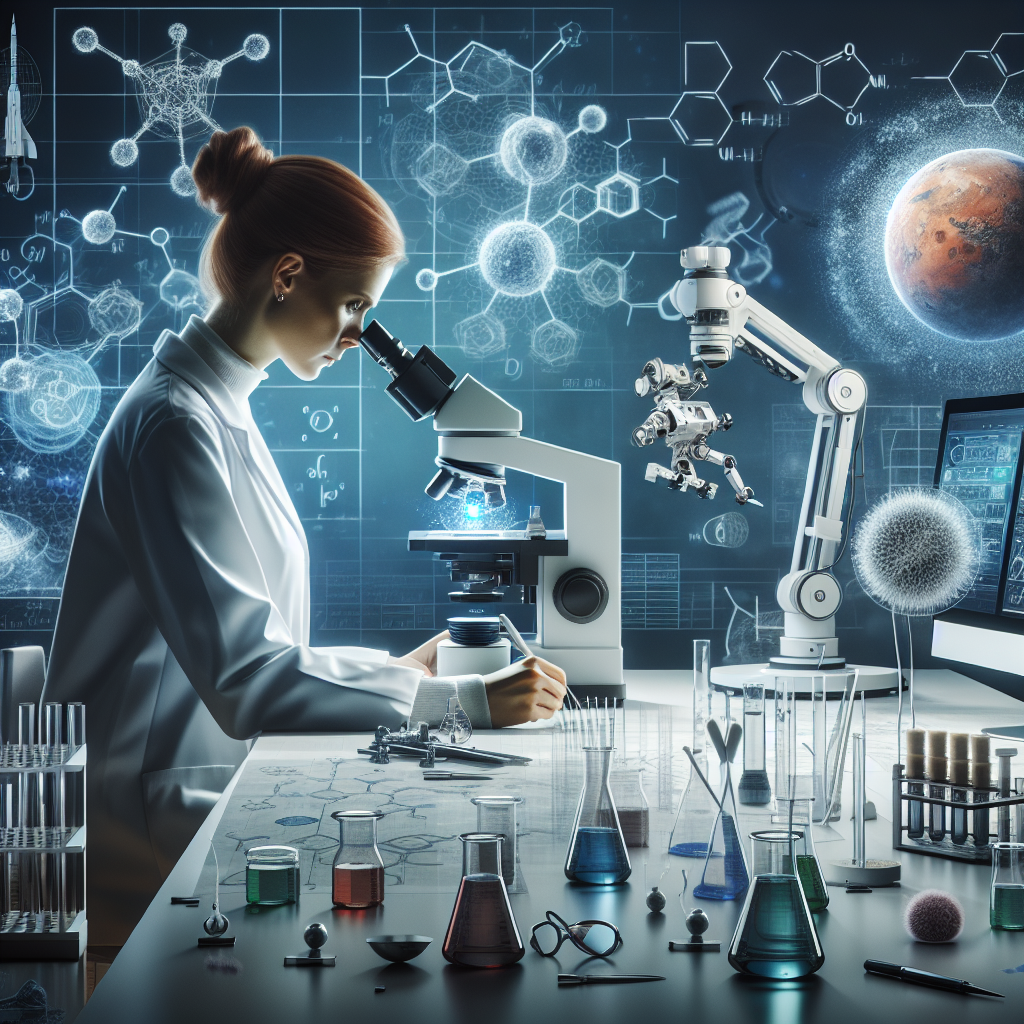Unveiling the Cosmos: Latest Breakthroughs in Space and Astronomy
Recent advancements in space and astronomy include the installation of the world's largest astronomy camera in Chile, the debut of Europe's Ariane 6 rocket, and successful missions by Boeing's Starliner and SpaceX's Starship. Additionally, issues stem from uranium fuel for reactors, and China's lunar samples mission marks significant progress.

Following is a summary of current science news briefs.
Chile to install world's largest astronomy camera on the edge of Atacama desert
With a resolution above 3.2 gigapixels, a nearly three-ton weight and the ambitious task of carrying out an unprecedented decade-long exploration, the largest digital camera ever built for optical astronomy is ready to be installed under the clear skies of northern Chile. The pieces required to assemble the Vera C. Rubin Observatory - which includes a ground-based telescope and the camera - traveled in several vehicles to the summit of Cerro Pachón in the Coquimbo region, on the edge of the Atacama desert, some 565 kilometers north of Santiago.
Europe's Ariane 6 rocket debut planned for July 9
Europe's new Ariane 6 satellite launcher will stage a long-awaited inaugural flight on July 9, the head of the European Space Agency said at the Berlin Airshow on Wednesday. The delayed debut comes a year after its predecessor, Ariane 5, was retired, leaving Europe with no independent path to orbit for its satellites after setbacks involving a smaller Italian alternative and the severing of ties with Russia over Ukraine.
Boeing Starliner's first astronaut crew welcomed aboard space station
Boeing's new Starliner capsule and an inaugural two-member NASA crew safely docked with the International Space Station on Thursday, meeting a key test in proving the vessel's flight-worthiness and sharpening Boeing's competition with Elon Musk's SpaceX. The rendezvous was achieved despite an earlier loss of several guidance-control jet thrusters, some of them due to a helium propulsion leak, which NASA and Boeing said should not compromise the mission.
Uranium fuel planned for high-tech US reactors a weapons risk, scientists say
A special uranium fuel planned for next-generation U.S. nuclear reactors poses security risks because it could be used without further enrichment as fissile material in nuclear weapons, scientists said in an article published on Thursday. The fuel, called high-assay low-enriched uranium, or HALEU, is enriched to levels of up to 20%, compared with about 5% for the fuel that powers most existing reactors. Until recently it was made in commercial amounts only in Russia, but the United States wants to produce it to fuel a new wave of reactors.
Factbox-Who are the first astronauts to fly aboard Boeing's Starliner?
Two veteran NASA astronauts with 500 days of previous spaceflight experience between them are the first crew of Boeing's pxpCST-100 Starliner space capsule, launched to space in a test flight on Wednesday from Florida. Barry "Butch" Wilmore and Sunita "Suni" Williams are set to test Starliner's manual controls before it docks with the International Space Station (ISS) in orbit on Thursday. Both will be arriving at the ISS for the third time.
Planet-forming disk around small star offers big surprises
Stars about the size of our sun are not the most common ones in the Milky Way. Much smaller stars are way more common - and those host the most rocky planets in the galaxy, the type in focus as scientists search for worlds capable of harboring life.
New research is providing insight into how planets form around these small stars, called very low mass stars (VLMS), showing how the chemistry in the planet-forming disks of gas and dust surrounding them differs substantially from such disks observed around stars like the sun.
China's Chang'e-6 transfers moon samples to spacecraft, set for return to Earth
China's Chang'e-6 probe transferred samples it collected from the moon's far side to a spacecraft in lunar orbit on Thursday, state news agency Xinhua reported. After receiving the samples, the uncrewed spacecraft will fly back to Earth, with an expected landing in China's Inner Mongolia region on June 25. If successful, China will be the first country to ever return lunar matter from the side of the moon that permanently faces away from Earth.
China says open to space cooperation with US but 'hurdles' remain
China remains open towards cooperation with countries including the United States in space, the foreign ministry said on Thursday, following congratulations from U.S. space agency NASA on China's Chang'e-6 mission to the far side of the moon. But the United States needs to remove obstacles towards further cooperation, Mao Ning, a spokesperson at the ministry, said at a regular news conference.
SpaceX's Starship survives return to Earth, aces landing test on fourth try
SpaceX's Starship rocket survived a fiery, hypersonic return from space and achieved a breakthrough landing demonstration in the Indian Ocean on Thursday, completing a full test mission around the globe on the rocket's fourth try. Starship's controlled fall into the Indian Ocean just 65 minutes after launching from Texas capped the latest advance in the company's test-to-failure rocket development campaign, a multibillion-dollar effort by Elon Musk's space company to build a reusable satellite launcher and moon lander.
(This story has not been edited by Devdiscourse staff and is auto-generated from a syndicated feed.)
ALSO READ
Boeing's Starliner Faces Another Challenge: Empty Return from ISS
Boeing's Starliner: A Perilous Journey Back to Earth
Boeing's Starliner: Another Attempt Amid Persistent Challenges
Starliner Set for Uncrewed Return Amid Safety Precautions
Boeing's Starliner Returns without Crew Amid Safety Concerns










